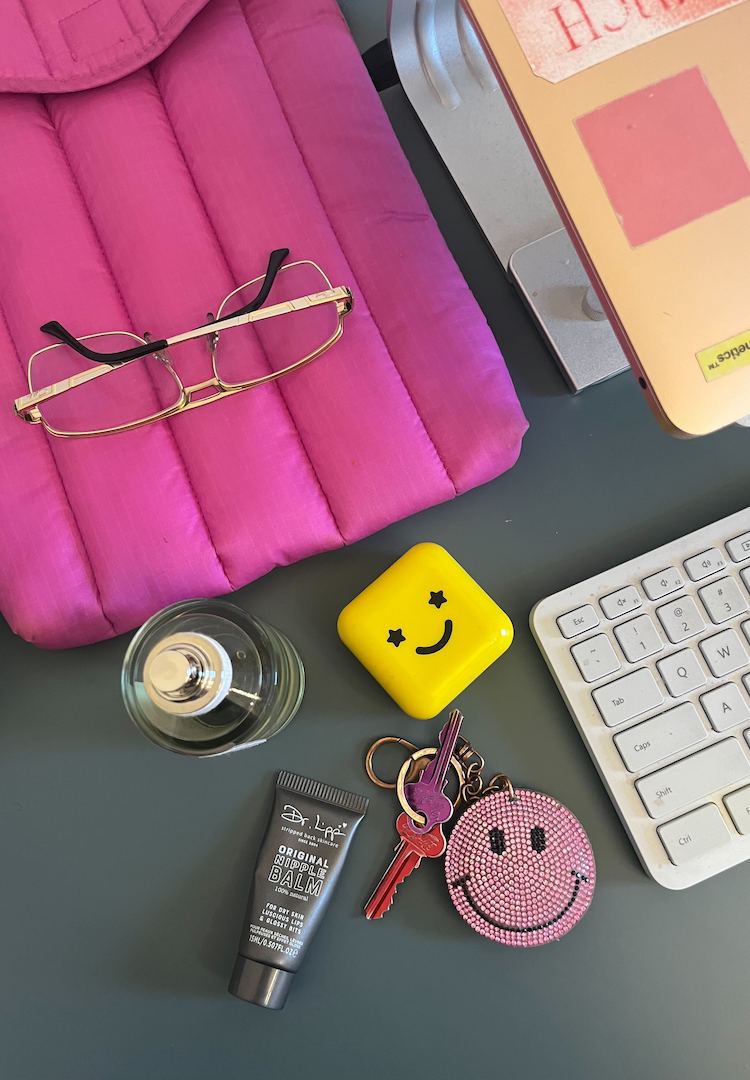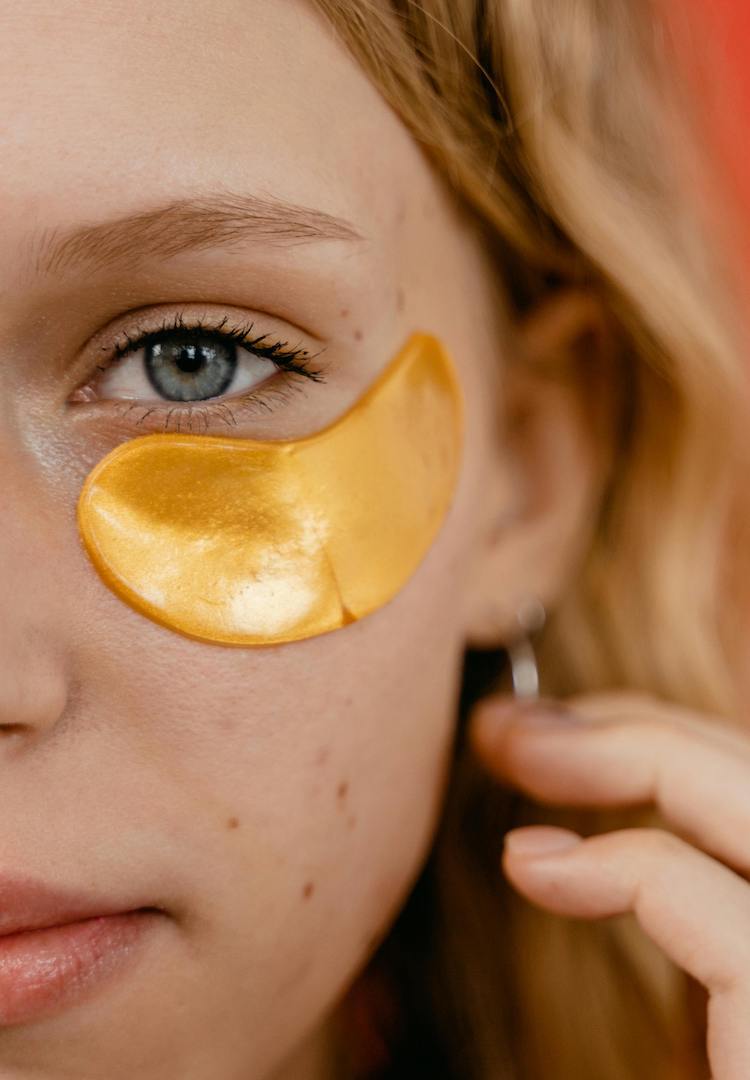What you need to know about jaw filler, according to a plastic surgeon
WORDS BY CAT FORSYTH
Jaw-dropping.
I would be lying if I said I’d never thought about having plastic surgery before. As a teenager, I kept a seemingly never-ending list of things I wanted to change about myself: I wanted to enlarge my barely B cup breasts, touch up my button nose and get the fat sucked out of my thighs. Sitting here with double Ds today, I wish younger me knew what was coming.
I can see now that most of those ‘problems’ were non-existent: warped, overly critical teenage girl thoughts (all too common for girls of that age). Even as an adult, I sometimes think offhanded thoughts like ‘I would try liposuction if I was offered the chance’ or ‘I’d love to get my boobs lifted, it’s just so effing expensive’.
We like nosy people. Don’t be shy, head to our Beauty section for more.
But I don’t think I ever seriously considered plastic surgery until I heard about jaw filler. I can still remember the moment I realised I wasn’t happy with my jawline. The year was 2016 and 13 Reasons Why had just come out on Netflix. Katherine Langford was all over my Instagram explore page, with fan accounts melting over her bright blue eyes and dazzling smile.
It wasn’t just that though, there was something else everyone was pointing out about the star: her jawline. This was the era of Shani Grimmond, Too Faced Shape Tape and heavily drawn-on eyebrows – strongly defined jawlines were all the rage.
I remember looking at myself in the mirror and being horrified by my own lack of jawline definition, and ever since I’ve wished I could change how it looks. I’m almost 22 now, but I haven’t grown out of wanting to change the shape of my jawline. I have more money and more autonomy, and if I want to get something done about it, I’m in the position to do so.
Before I potentially dive in and make a life-altering decision, I decided to consult an expert. Here, I speak with Dr Amira Sanki, a principal surgeon at Sydney’s Southern Aesthetic Plastic Surgery, to get the lowdown on the procedure.
What can getting jaw filler achieve?
Jaw filler has two common indications, the first being to camouflage the divot between a sagging jowl and the firm structure of the chin next to it. This divot is created by a strong structure called the mandibular ligament. The other reason is to change the jawline’s shape by boosting the angle or the fullness of the body of the jawbone.
How long do the injections last? What’s the upkeep like?
Filler is really advanced now and has different formulations that can last anywhere between six months and two years. Your body degrades the filler [through] a natural process. A trained injector will help guide their patient on what the most appropriate formulation [will] be. This comes down to the anatomical area being treated, as well as what the patient is hoping to achieve.
Approximately what will the cost look like?
Costs reflect the product being used (longer lasting and ‘thicker’ products cost more), [as well as] the experience and qualifications of the injector. It would be reasonable to expect to spend between $650 to $2,500 for jawline injections.
What’s the minimum age you would recommend getting jaw filler?
The medical board of Australia has advised that injectables for cosmetic purposes should not be used in patients under the age of 18. Complications of fillers and body image issues should be discussed with all patients. Every case should be individualised, and a well-trained injector would not recommend injectables unless it was in the patient’s best interest.
How are body image issues factored into the process of getting filler?
It is now part of the AHPRA guidelines on cosmetic surgery that a patient must undergo screening for body dysmorphia and discuss the results of their screening process with their specialist plastic surgeon or cosmetic practitioner. Body dysmorphia is only one of several psychological diagnoses that might cloud a patient’s decision-making. As with any medical procedure, it is important to weigh up the pros and cons of a procedure and have realistic expectations of what can be achieved.
For a firsthand account of the procedure, read this.










